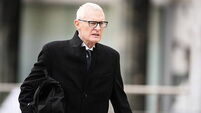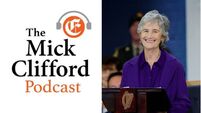Ryle Dwyer: How Charles Haughey wooed Japan in the throes of a political crisis

A 1989 official visit by the then Taoiseach took place in the midst of a major corruption scandal — and yet it proved to be a highly successful mission for the Irish, writes
One could hardly imagine a more traumatic political time to visit Japan than late April 1989, when the then taoiseach Charles Haughey arrived there.
















